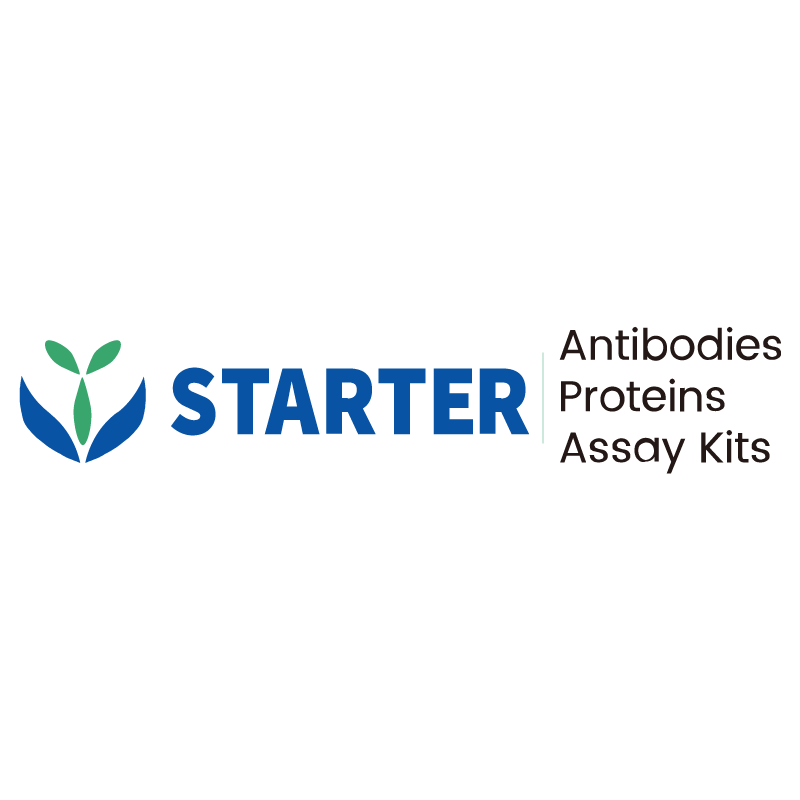Flow cytometric analysis of Human CD33 expression on human peripheral blood lymphocytes. Human peripheral blood lymphocytes were stained with Brilliant Violet 421™ Mouse Anti-Human CD14 antibody and either FITC Mouse IgG1 Isotype Control (Left panel) or SDT FITC Mouse Anti-Human CD33 Antibody (Right panel) at 5 μl/test. Flow cytometry and data analysis were performed using BD FACSymphony™ A1 and FlowJo™ software.
Product Details
Product Details
Product Specification
| Host | Mouse |
| Antigen | CD33 |
| Synonyms | Myeloid cell surface antigen CD33; Sialic acid-binding Ig-like lectin 3 (Siglec-3); gp67; SIGLEC3 |
| Location | Cell membrane |
| Accession | P20138 |
| Clone Number | S-R472 |
| Antibody Type | Mouse mAb |
| Isotype | IgG2a,k |
| Application | FCM |
| Reactivity | Hu |
| Positive Sample | Human peripheral blood lymphocytes |
| Purification | Protein A |
| Concentration | 0.2 mg/ml |
| Conjugation | FITC |
| Physical Appearance | Liquid |
| Storage Buffer | PBS, 1% BSA, 0.3% Proclin 300 |
| Stability & Storage | 12 months from date of receipt / reconstitution, 2 to 8 °C as supplied |
Dilution
| application | dilution | species |
| FCM | 5μl per million cells in 100μl volume | Hu |
Background
CD33, also known as Siglec-3, is a 67 kDa type-I transmembrane sialic-acid-binding immunoglobulin-like lectin composed of an N-terminal V-set Ig domain that mediates glycan recognition, a membrane-proximal C2-set Ig domain, and a cytoplasmic tail harboring two immunoreceptor tyrosine-based inhibitory motifs (ITIMs); upon ligation by α2,3- or α2,6-linked sialylated glycoproteins or the complement component C1q, Src-family kinases phosphorylate these ITIMs, recruiting the SH2-domain-containing phosphatases SHP-1 and SHP-2 that dephosphorylate downstream signaling molecules, thereby suppressing calcium flux, PI3K activity, and activation of myeloid cells including monocytes, macrophages, dendritic cells, microglia, and myeloid-derived suppressor cells, while also modulating NK-cell cytotoxicity and cytokine production; CD33 is highly expressed on committed myeloid progenitors and over-expressed on >90 % of acute myeloid leukemias, making it the target of the antibody–drug conjugate gemtuzumab ozogamicin, and alternative splicing generates a shorter isoform lacking the ligand-binding V domain that can still dampen immune responses; genetically, the rs3865444(C) allele that reduces CD33 surface expression is protective against late-onset Alzheimer’s disease because lower microglial CD33 lessens inhibition of Aβ phagocytosis, implicating the receptor in neurodegeneration as well as in infection, autoimmunity, and cancer immune evasion.
Picture
Picture
FC


